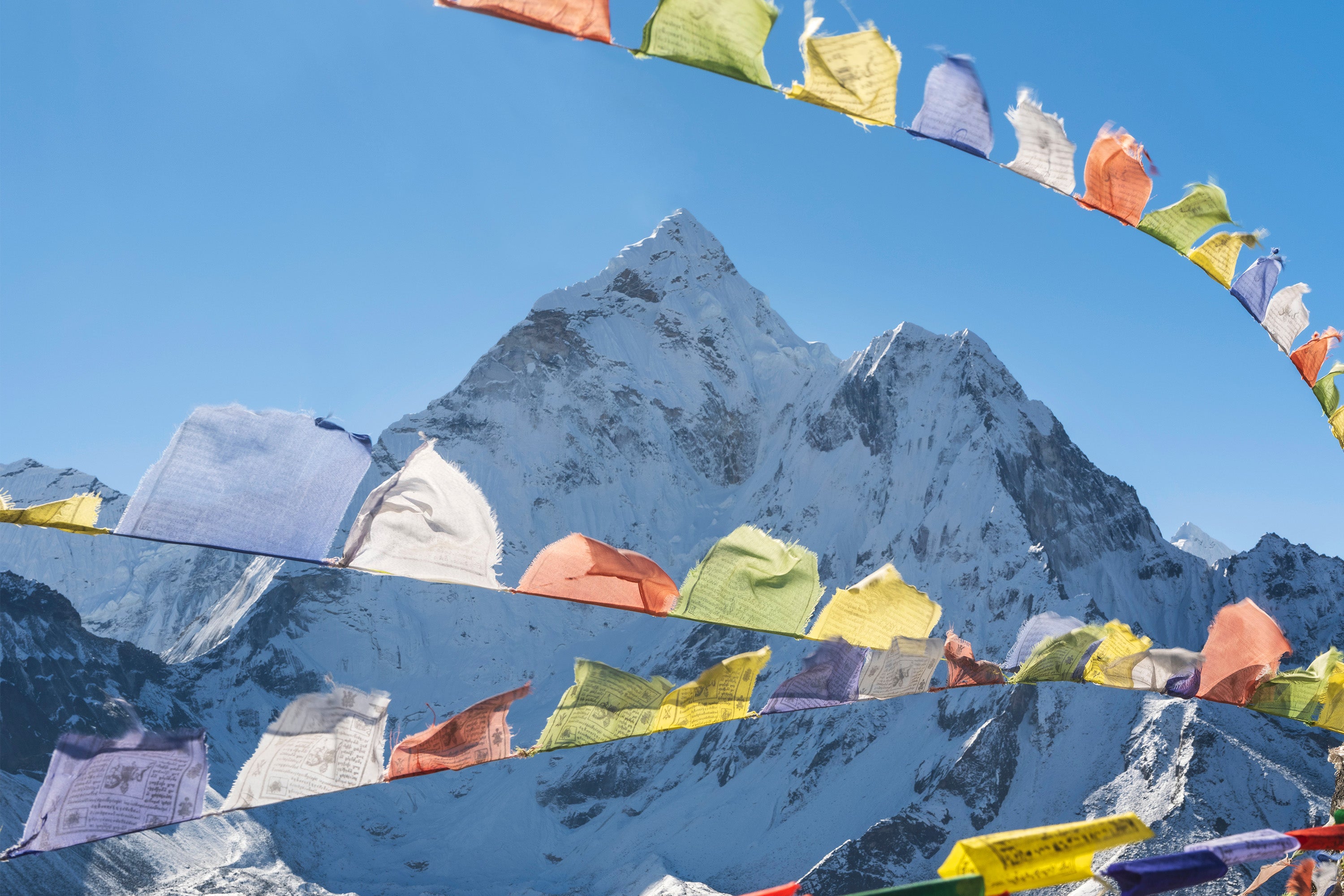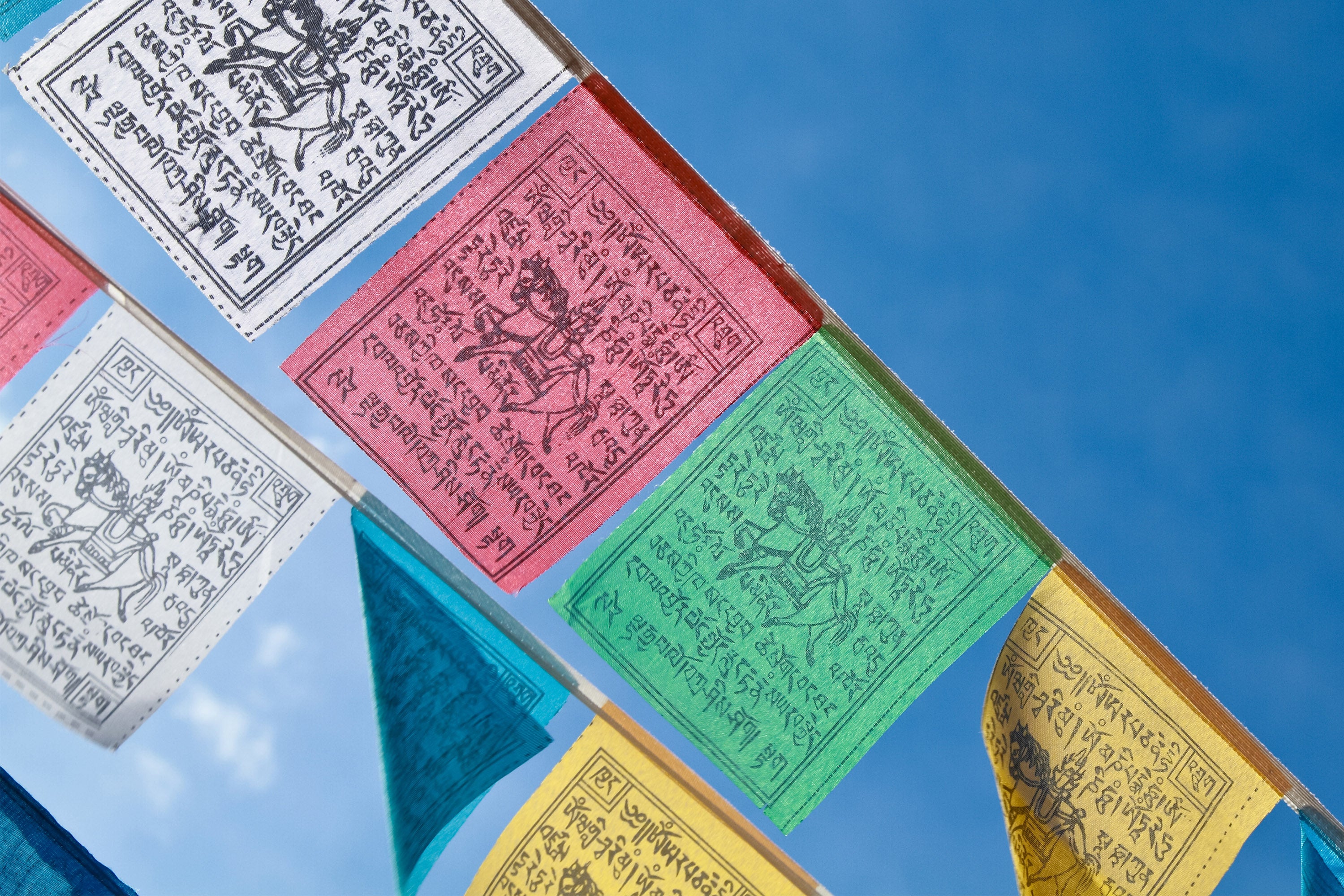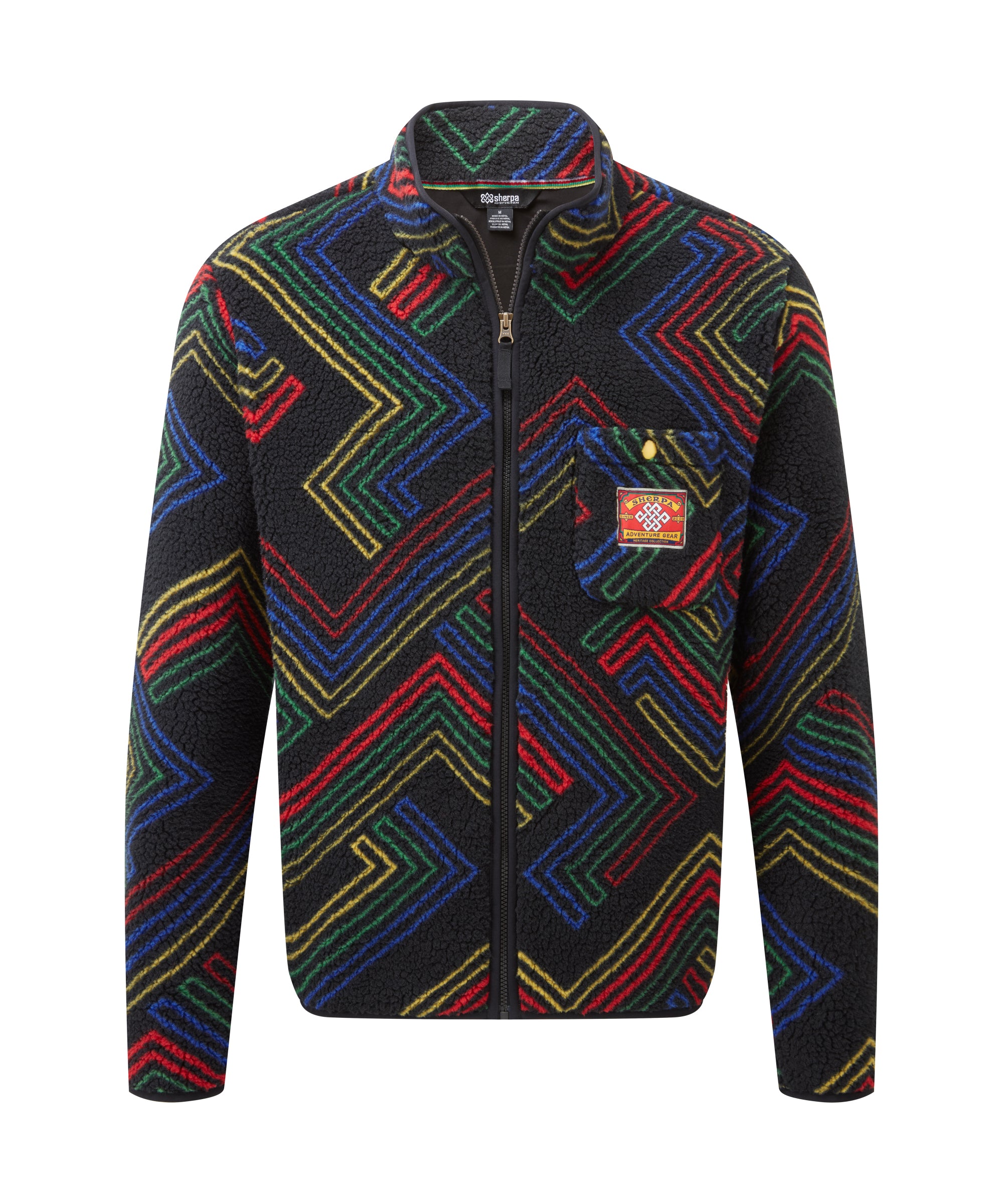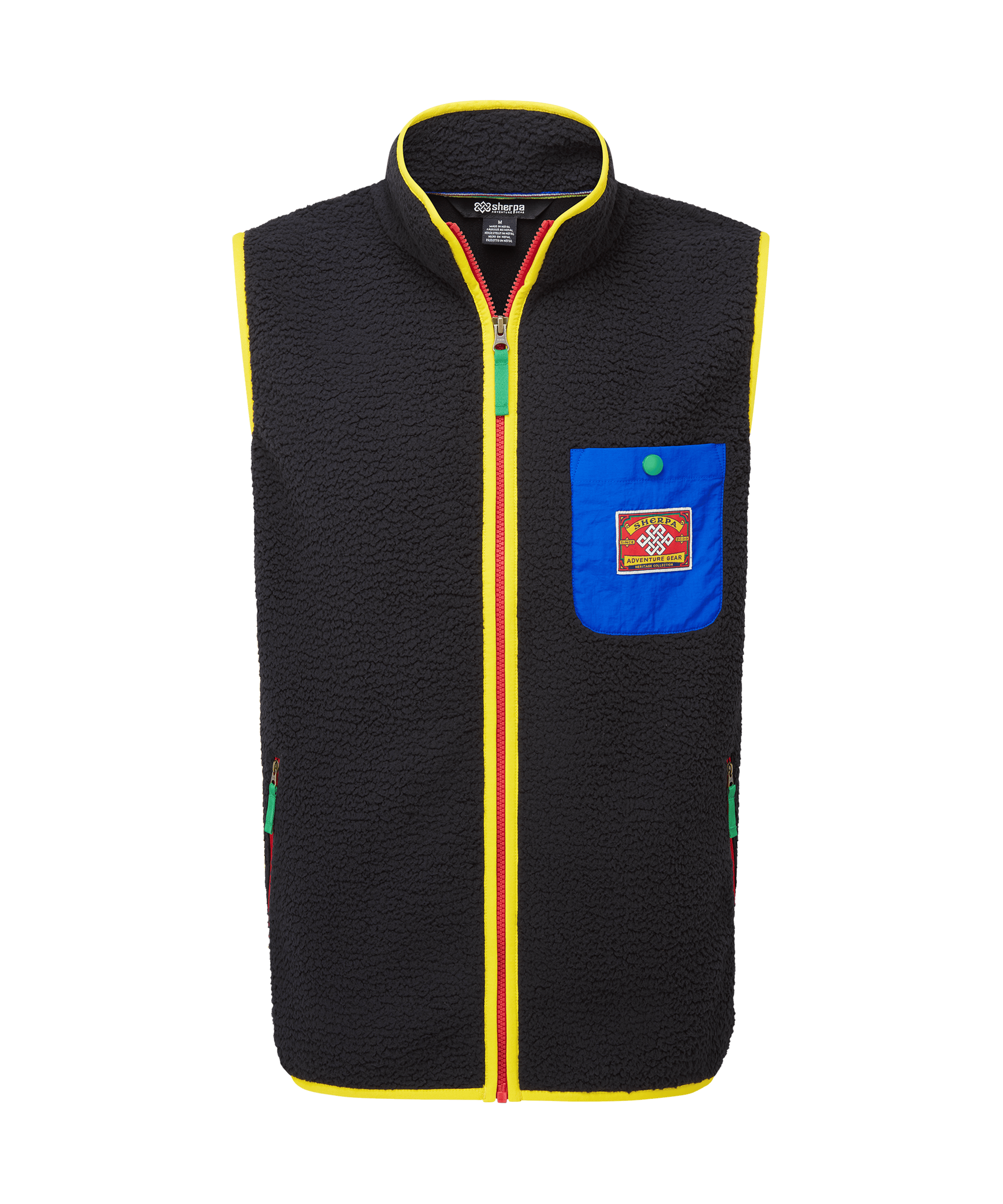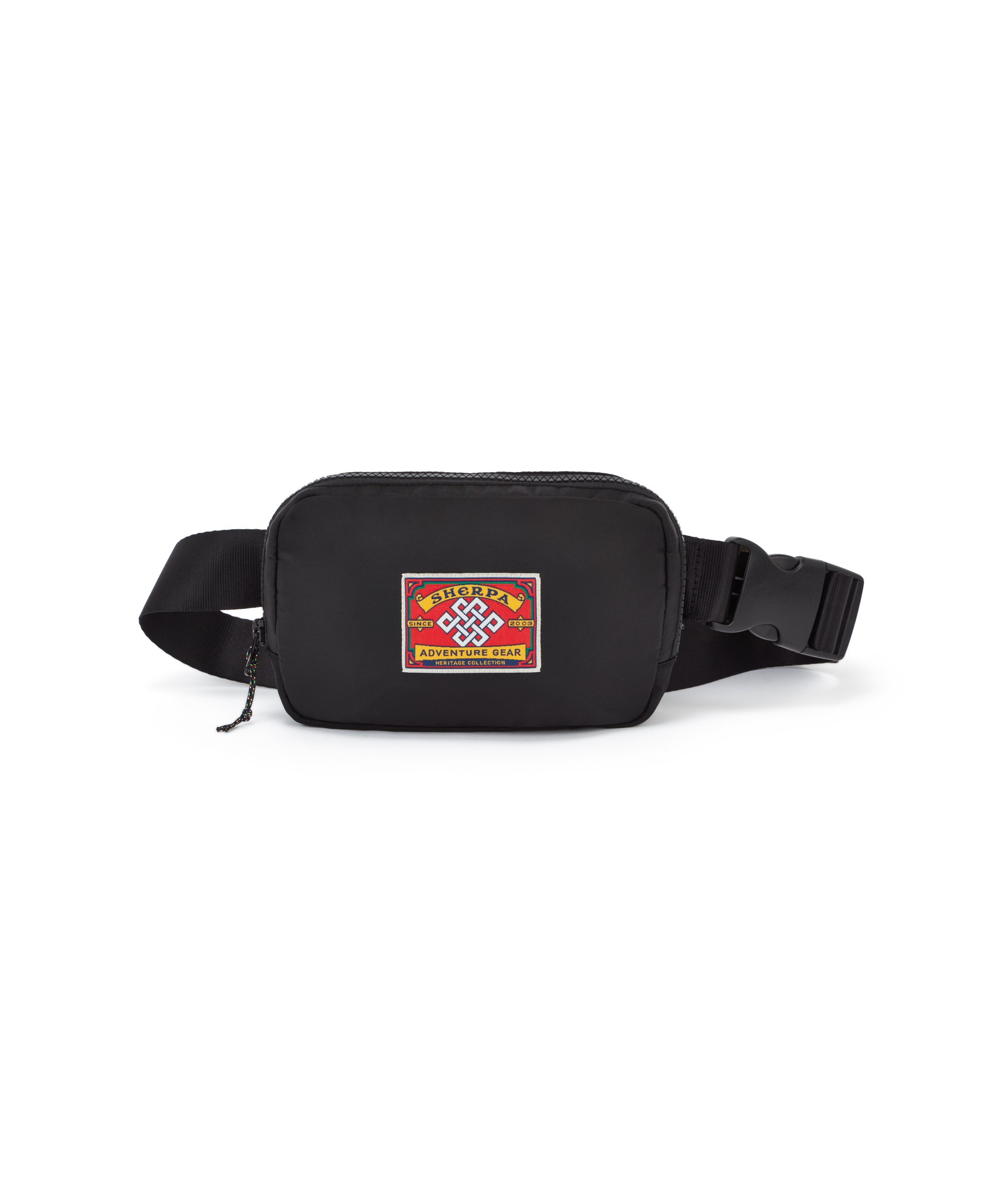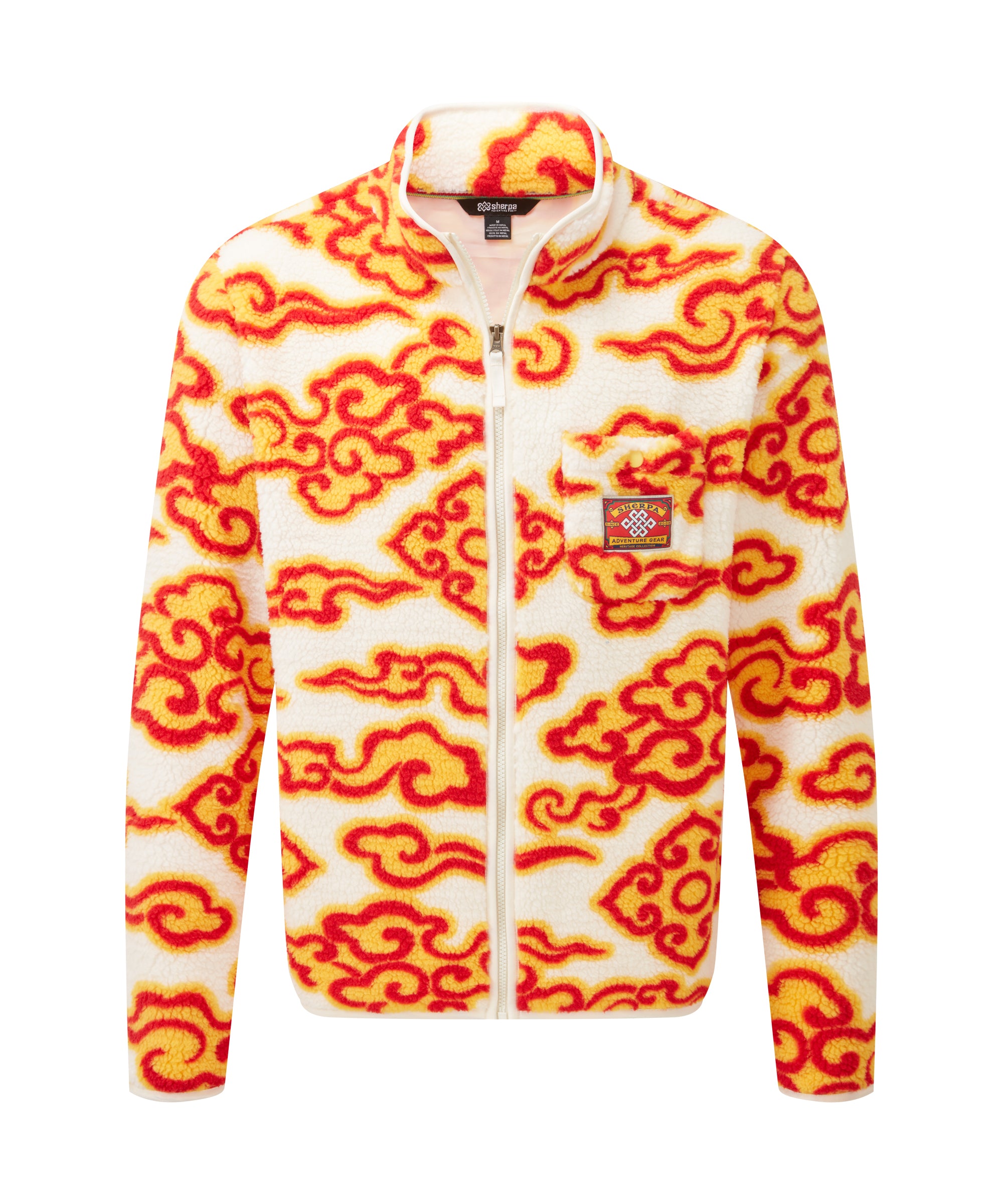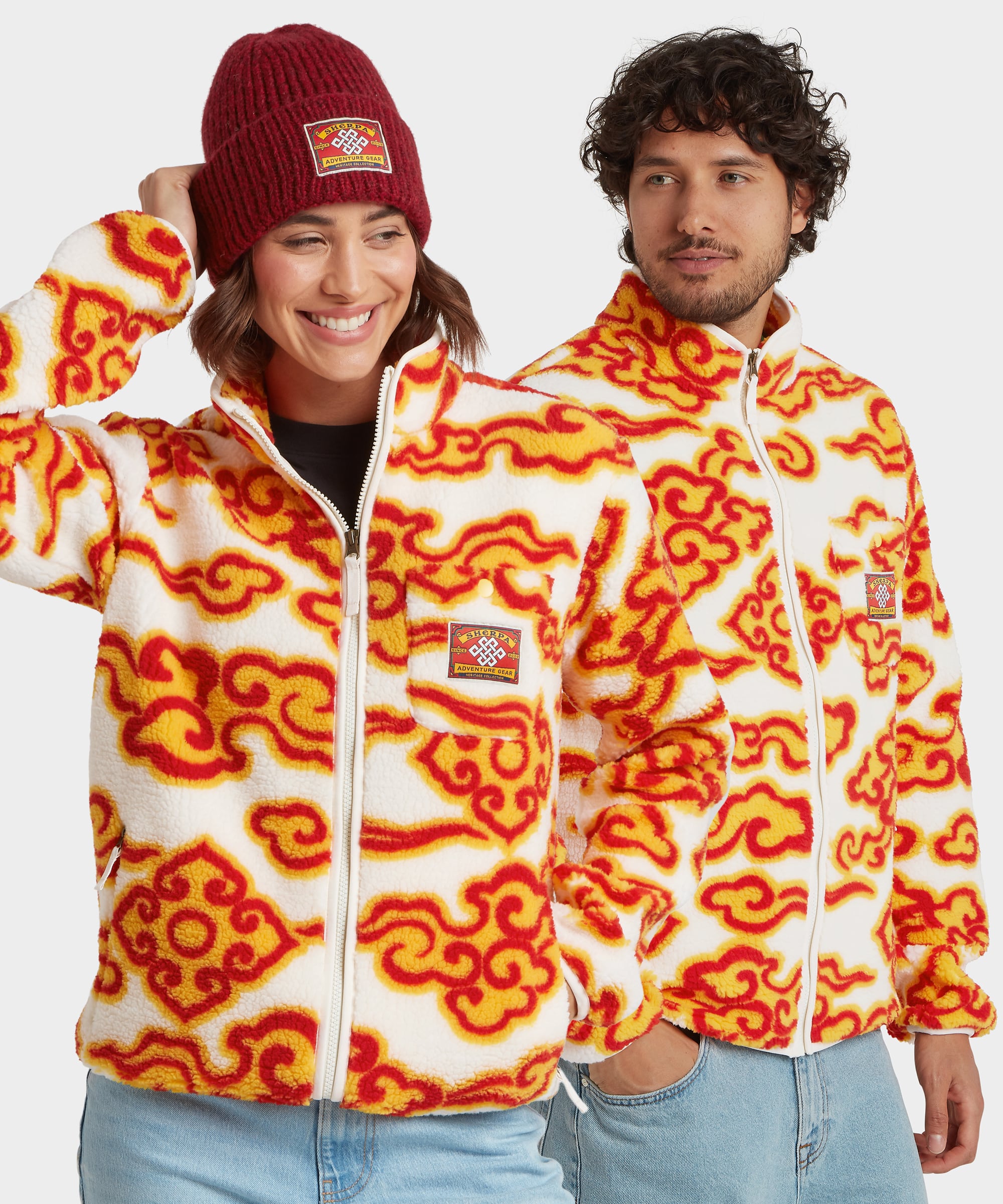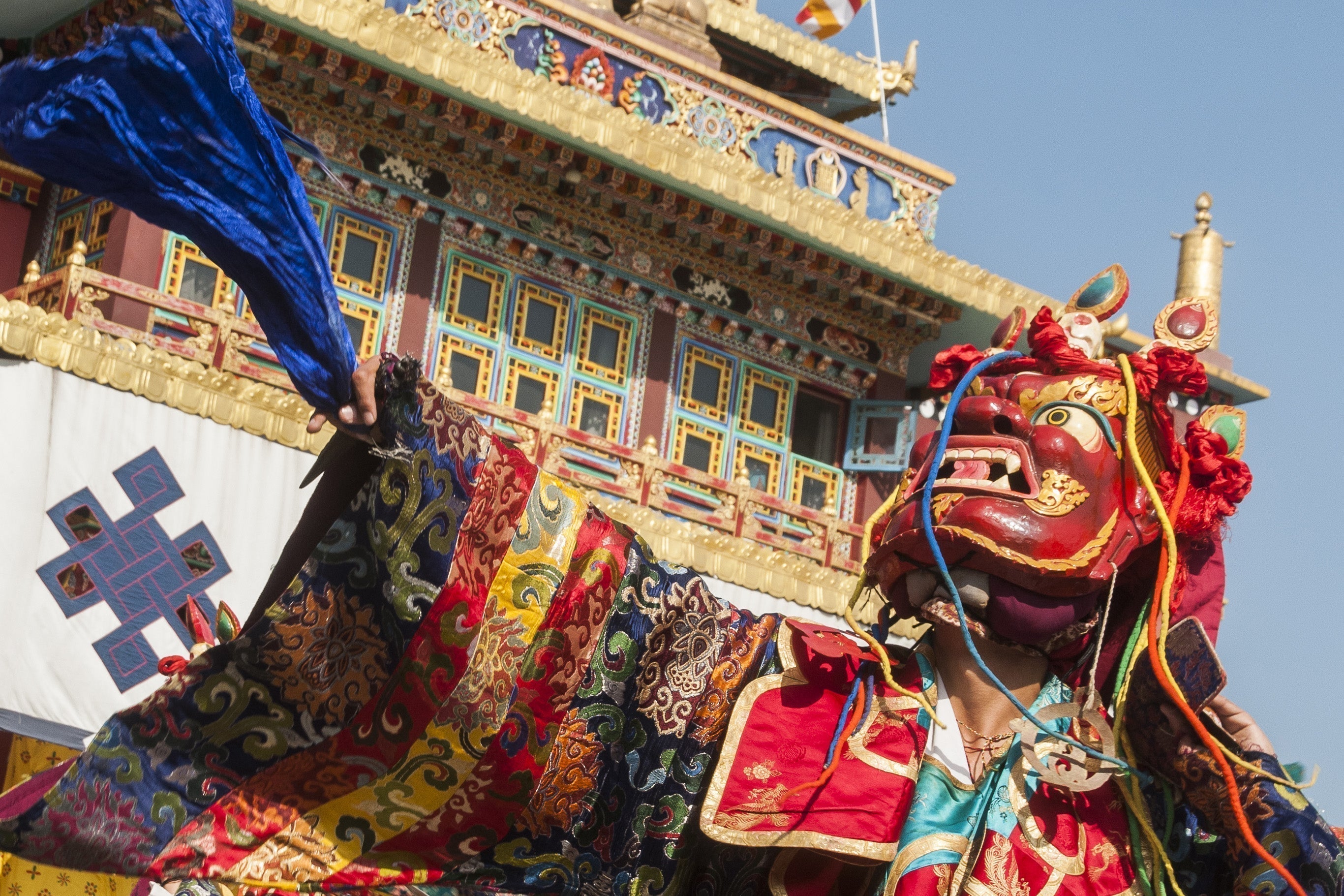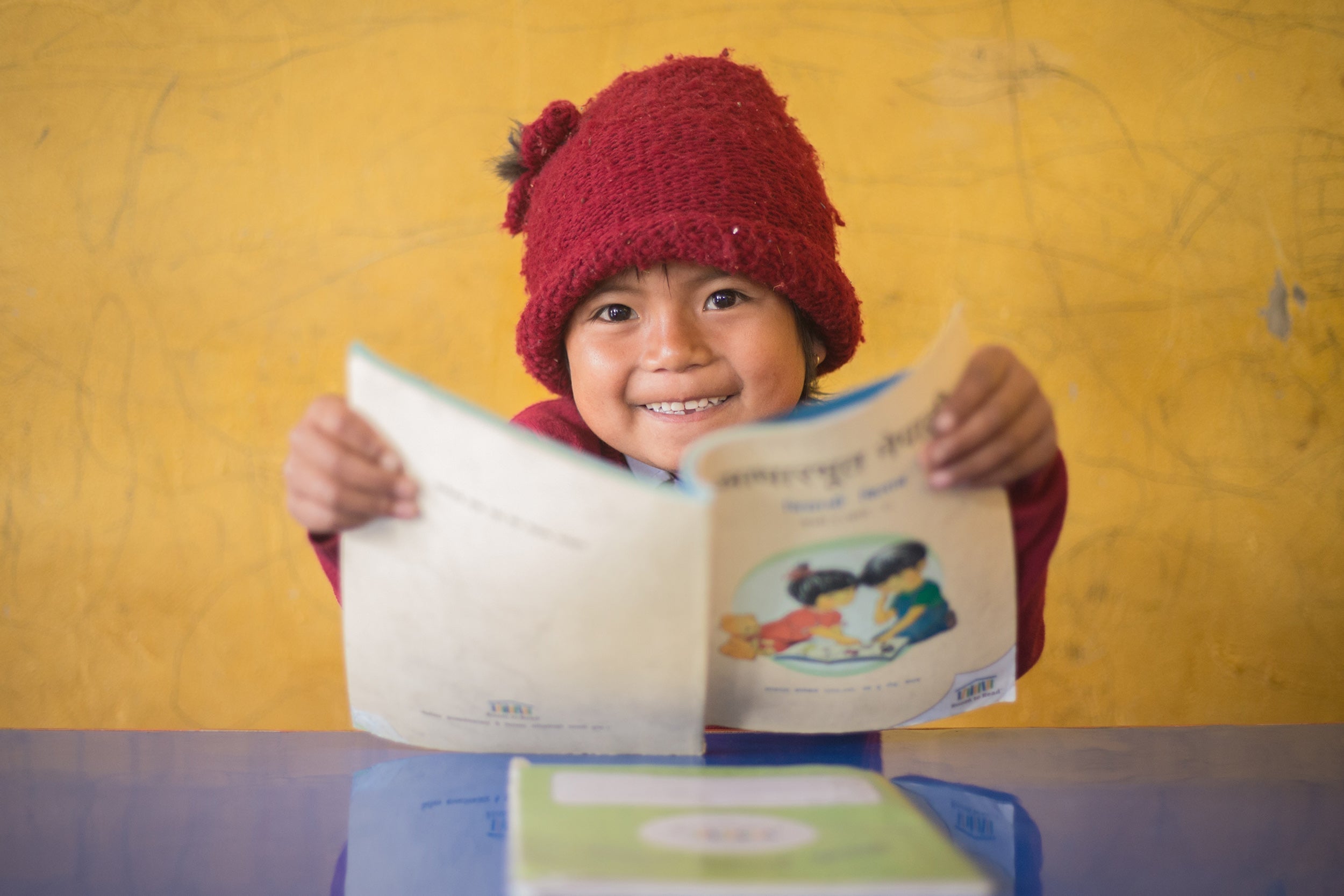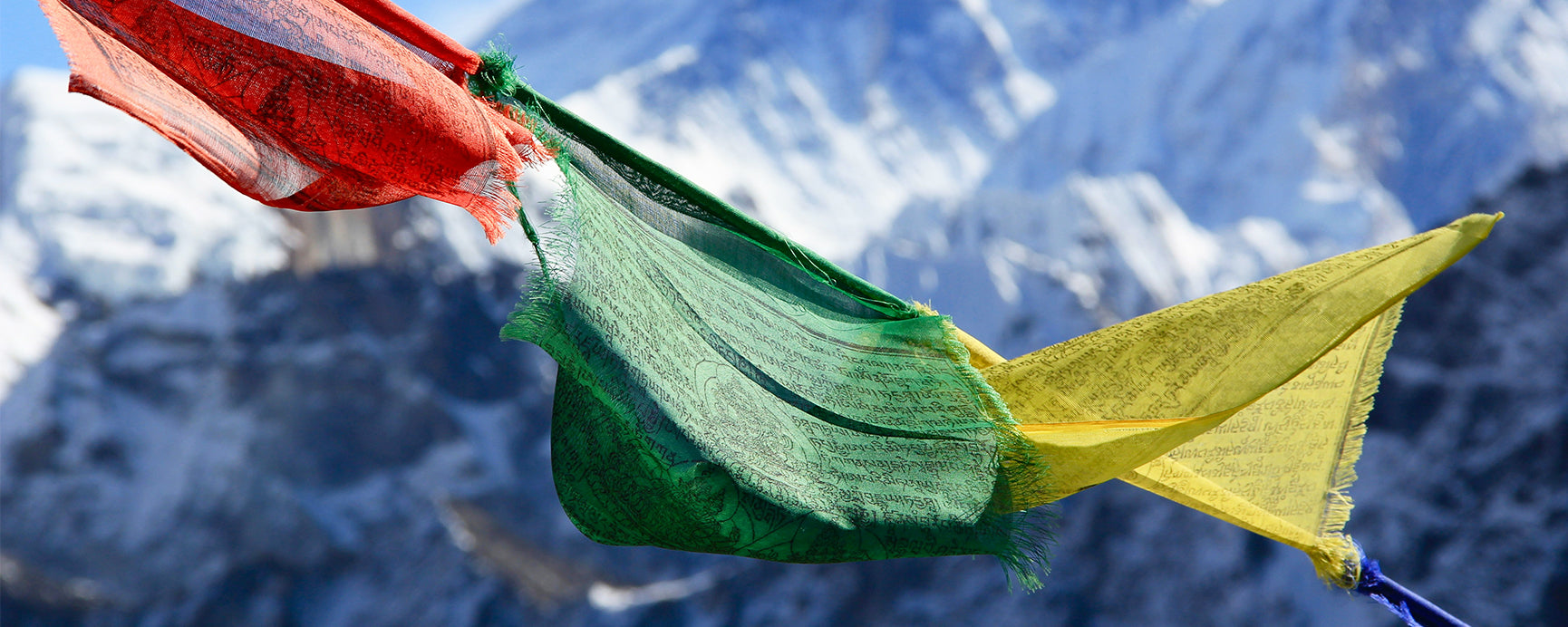
Was repräsentieren Gebetsfahnen?
A common sight against the stunning Himalayan landscape is the vibrant array of prayer flags, fluttering in the mountain breeze. These colorful flags are often strung along mountain peaks, paths, and sacred sites, but what do they truly represent, and what messages do they carry with the wind?
As part of Tibetan traditions, prayer flags were originally used to perform healing rituals. Over time this practice evolved to including Buddha’s prayers and developed further into the vibrant prayer flags we seen today.
There are two types of Prayer Flag, horizontal and vertical. The horizontal Prayer Flags are the most common and are made from squares of fabric connected along the top edges with a long thread, allowing them to blow in the wind. Vertical prayer flags, on the other hand, are single squares sewn onto poles and planted in the ground or on rooftops, where they too catch the breeze. The wind plays an essential role in the practice, as the Sherpa people believe that the wind carries the prayers upwards, offering them to the deities.
While prayer flags are traditionally made in Nepal and India by Buddhists, they hold a cultural significance for many of the diverse cultures in the Himalayas.
The colours of the prayer flag
The five bright and vibrant colours of the Prayer Flags are arranged in a specific order (blue, white, red, green and yellow) and have significant meaning, with each colour representing an element.
- The sky and space are represented by blue, symbolising vastness, open-mindedness and the infinite nature of the sky.
- White symbolises the air and the wind, commonly associated with purity, compassion and the breath of life.
- Fire is represented by the red in the flags, it is linked to energy, passion and transformation.
- Representing water, green symbolises harmony, balance and the nurturing qualities that water possesses.
- Yellow symbolises earth, representing stability, fertility and the grounding aspects of life.
It is important to get the balance of these colours right, as the correct balance of each is believed to produce health and harmony.
The symbols of the prayer flag
In addition to colours, Prayer Flags commonly feature symbols and icons that add additional layers of meaning. The centre of the flags often depict a Lungta (a wind horse) which represents speed and the transformation of bad fortune into good. Buddha, the Dharma (Buddhist teachings) and the Sangha (the Buddhist community) are shown as three jewels carried on the Lungta’s back.
The four corners of the flag often feature sacred animals, each representing a different personal quality.
- The dragon symbolises strength and protection, warding odd evil and bringing good fortune
- The mythical bird, garuda, represents wisdom and and clarity
- The tiger signifies courage and acts as a guardian or protector
- The snow lion represents fearlessness and joy, embodying happiness free from fear
Respecting prayer flags
Since prayer flags contain sacred holy prayers and images, please treat them with traditional respect.
Do not place them on the ground or use them as clothing.
To dispose of old prayer flags, please burn them.
A tribute to the prayer flag tradition
To commemorate the Himalayan history of the Prayer Flag, Sherpa Adventure Gear proudly presents the Tarcho collection. This collection is inspired by the beautiful and vibrant tradition of the prayer flag, allowing you to carry a piece of the Himalayas with you wherever you go.
